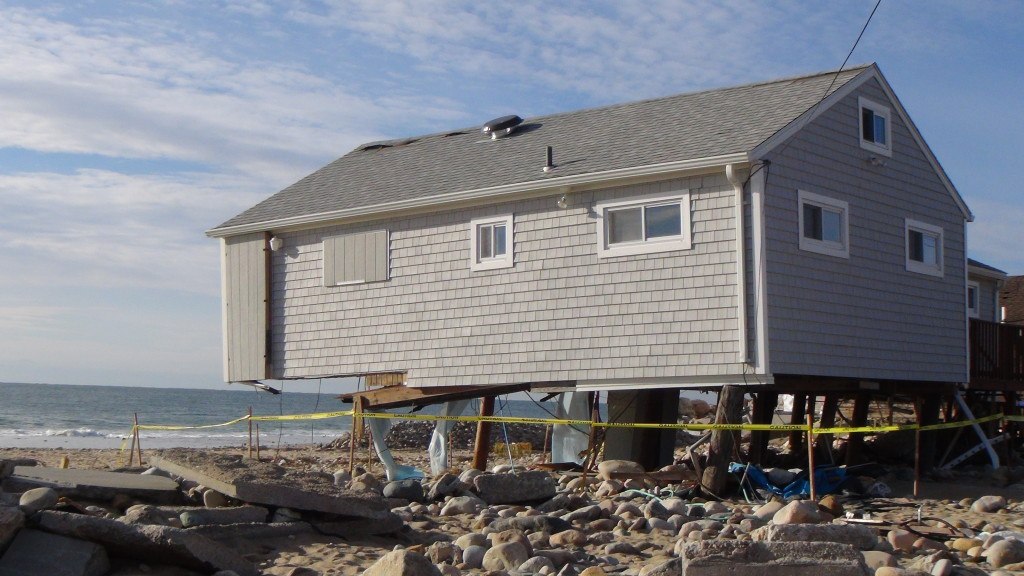It’s been five years since Superstorm Sandy caused widespread devastation to the East Coast, causing an estimated $18.75 billion in insured property losses at the time, according to ISO’s Property Claim Services (PCS).

In an interview with Claims Journal, Marc Treacy, managing director of flood insurance at ISO, explains how the storm led to improvements in building codes, risk analysis and resilience strategies.
Treacy said both city planners and insurers can better determine where communities may prove to be the most vulnerable to flooding through improved analytics and less reliance on FEMA flood maps.
“What we’ve started to see over the past five years is better analytics and tools out there for city planners and insurers to start really assessing risk,” said Treacy. “A lot of the products that are coming out start to utilize big data in order to understand hydrology as well as typography and start to better predict what areas could see flooding in different types of events.”
In addition, building codes and enforcement on the East Coast have improved, said Treacy. After Sandy, many municipalities were concerned with protecting residents in areas susceptible to loss and preventing future repetitive losses.
One area that lags is insurance coverage, he said. Sandy revealed a need for a private market solution.
“That way clients can get coverage that is more akin to what they’re used within the robust homeowners’ and commercial property market, as opposed to the traditional NFIP [National Flood Insurance Program],” Treacy said.
The sheer force and destruction associated with Superstorm Sandy reinforced the idea of the true exposure for New York and New Jersey, said Treacy. The storm also reinforced the need for better resiliency and improved flood plain management to stop storm surge.
Some resilience strategies that developed as a result of the storm to protect communities from flooding catastrophes in the future include the installation of flood walls and flood venting and establishing building codes to raise coastal structures higher.
Even though Sandy occurred five years ago, lack of preparedness still exists as is evident in Houston, Texas, where flooding impacted so many structures.
On the other hand, Florida is much better prepared for weather catastrophes, Treacy said. The state has the strongest building codes in the nation for hurricane winds. In addition, there is a private market for flood insurance to encourage carriers to offer flood coverage there. Treacy said homeowners with private flood coverage can recover much faster than if their coverage is through the NFIP.
“I think, what’s it’s really starting to show as you look at whether it’s Sandy, Harvey, Irma or Maria; it’s really showing that insurers learned that they really need better tools to assess risk, assess their accumulation and then be able to handle the losses out there,” added Treacy.
Was this article valuable?
Here are more articles you may enjoy.


 Surging Oil Tanker Insurance Points to Growing Black Sea Chaos
Surging Oil Tanker Insurance Points to Growing Black Sea Chaos  NYC Sues Delivery App Over Lost Pay in New Mamdani Crackdown
NYC Sues Delivery App Over Lost Pay in New Mamdani Crackdown  Allianz Built An AI Agent to Train Claims Professionals in Virtual Reality
Allianz Built An AI Agent to Train Claims Professionals in Virtual Reality  Singer’s Elliott Sued by PE Firm in Escalating Fight Over Money
Singer’s Elliott Sued by PE Firm in Escalating Fight Over Money 